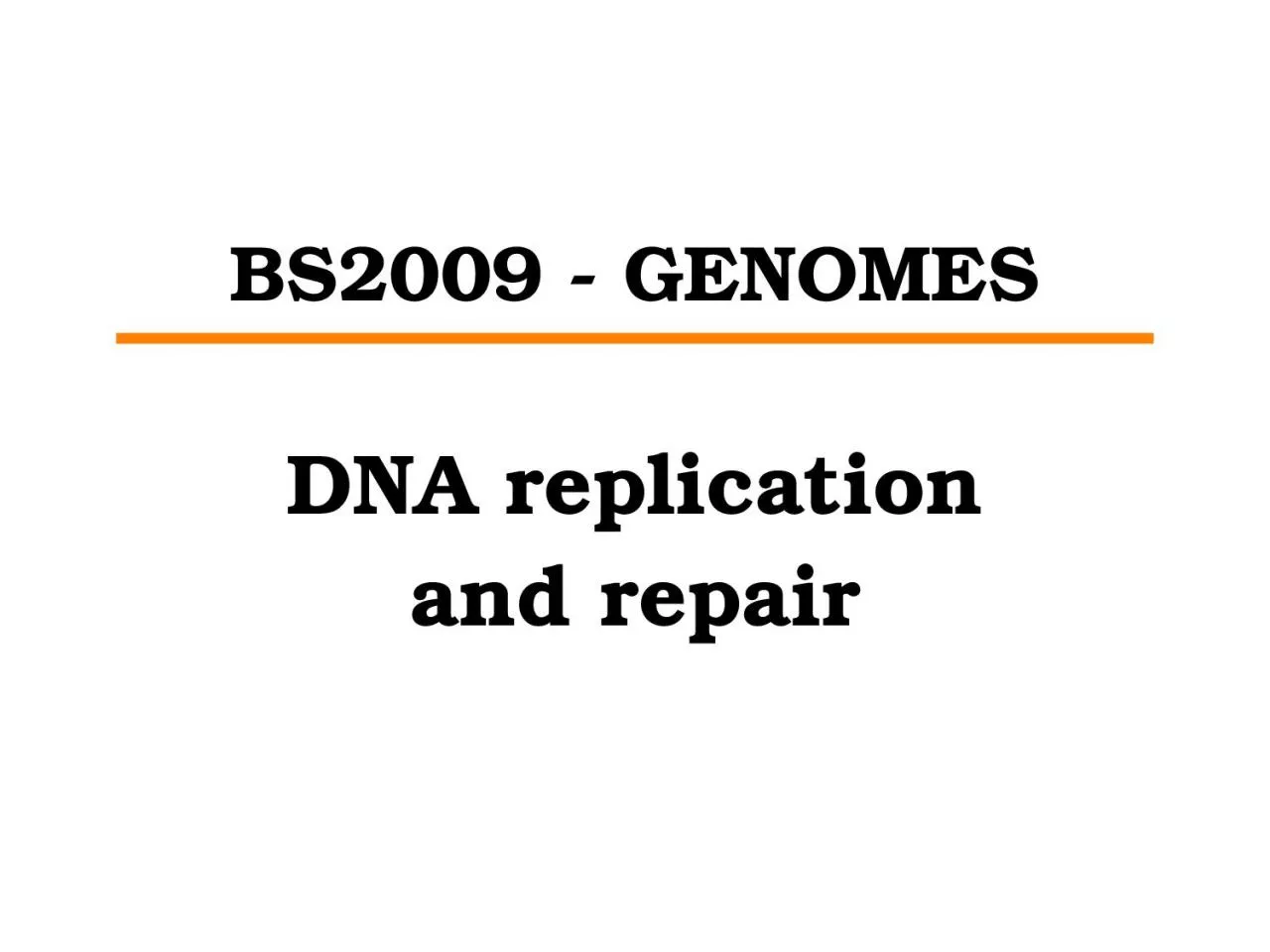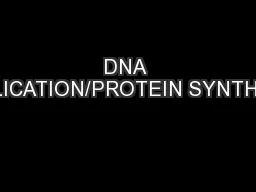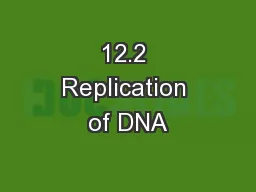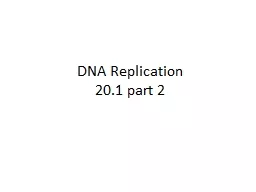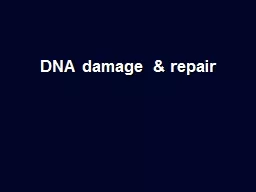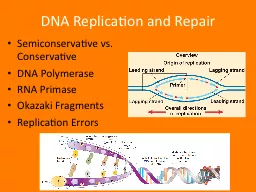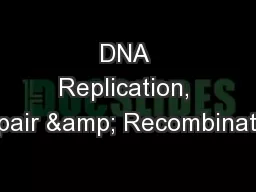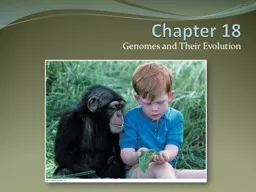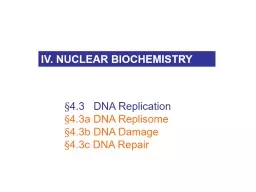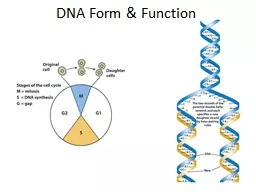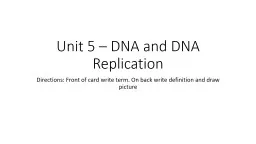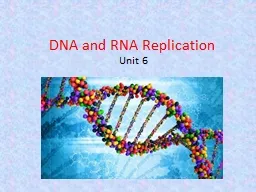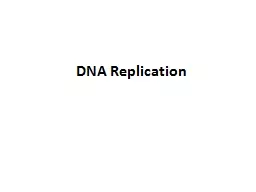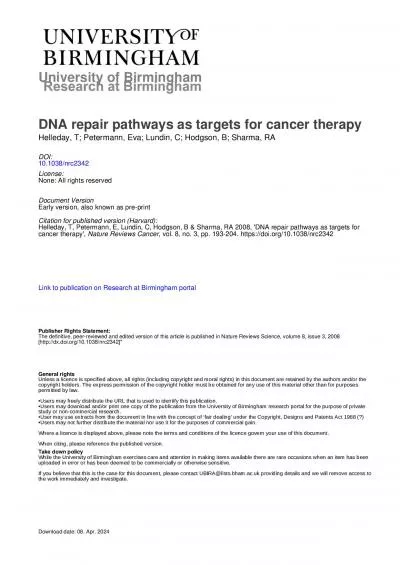PPT-BS2009 - GENOMES DNA replication and repair
Author : TropicalDelight | Published Date : 2022-08-01
REPLICATION GENERAL PRINCIPLES START Must be ready Must know where to start FINISH Must all finish Must ensure that each piece of DNA is replicated only once
Presentation Embed Code
Download Presentation
Download Presentation The PPT/PDF document "BS2009 - GENOMES DNA replication and rep..." is the property of its rightful owner. Permission is granted to download and print the materials on this website for personal, non-commercial use only, and to display it on your personal computer provided you do not modify the materials and that you retain all copyright notices contained in the materials. By downloading content from our website, you accept the terms of this agreement.
BS2009 - GENOMES DNA replication and repair: Transcript
Download Rules Of Document
"BS2009 - GENOMES DNA replication and repair"The content belongs to its owner. You may download and print it for personal use, without modification, and keep all copyright notices. By downloading, you agree to these terms.
Related Documents

